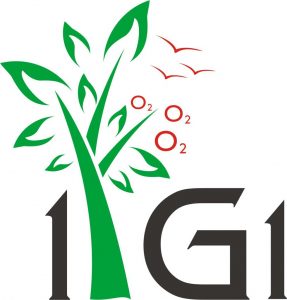Forests are the lifeblood of our planet, providing us with clean air, water, and a rich tapestry of biodiversity. However, in recent decades, human activities such as deforestation, illegal logging, and climate change have taken a toll on our precious forests.
As an environmental specialist, we have witnessed the alarming decline of forest ecosystems and the urgent need for restoration.
In this section, we will delve into the concept of forest restoration, its significance, and the actions we can take to restore and preserve these vital ecosystems.
By understanding the true value of forests and implementing effective restoration strategies, we can pave the way towards a sustainable future for generations to come.
Request a 1-to-1 discussion

The Importance of Forest Restoration:
Forest restoration is not just about planting trees; it is a holistic approach to reviving entire ecosystems. It involves removing invasive species, rehabilitating degraded land, and nurturing the growth of native flora and fauna.
The benefits of forest restoration are manifold. Firstly, it plays a crucial role in biodiversity conservation. Forests are home to countless species, many of which are on the brink of extinction.
By restoring their habitats, we provide a lifeline for these plants and animals, preserving the delicate balance of nature.
Secondly, forest restoration is a powerful tool in the fight against climate change. Forests act as carbon sinks, absorbing vast amounts of carbon dioxide from the atmosphere.
By restoring degraded forests, we not only sequester carbon but also prevent further emissions through sustainable land management practices.
This helps mitigate the impacts of climate change and contributes to global efforts to reduce greenhouse gas emissions.


Furthermore, forest restoration is closely linked to sustainable development. Forests provide valuable ecosystem services such as soil conservation, water regulation, and pollination.
By restoring forests, we enhance these services, creating a more resilient environment for local communities. Forest restoration also offers economic opportunities through sustainable forestry practices, ecotourism, and the development of green businesses.
It is a win-win solution that benefits both the environment and human well-being.
Strategies for Successful Forest Restoration:
To achieve successful forest restoration, a combination of strategies and approaches is required.
Firstly, it is crucial to conduct thorough assessments of the target area, including its ecological characteristics, historical land use, and potential restoration challenges. This information will inform the choice of appropriate restoration techniques and species selection.
One effective approach is the use of native tree species. Native trees are adapted to the local environment, making them more resilient and better equipped to support local biodiversity.


They also provide a sense of place and cultural value, reconnecting communities with their natural heritage. Additionally, involving local communities in the restoration process fosters a sense of ownership and ensures long-term sustainability
Another key strategy is the implementation of sustainable land management practices. This includes measures such as erosion control, agroforestry, and the promotion of sustainable livelihoods for local communities.
By addressing the underlying socio-economic factors driving deforestation, we can create a more conducive environment for forest restoration.
Collaboration and partnerships are vital for successful forest restoration.
Governments, non-profit organizations, communities, and businesses must work together to pool resources, share knowledge, and develop innovative solutions.
By leveraging the collective expertise and resources of various stakeholders, we can amplify the impact of our restoration efforts and create lasting change.

